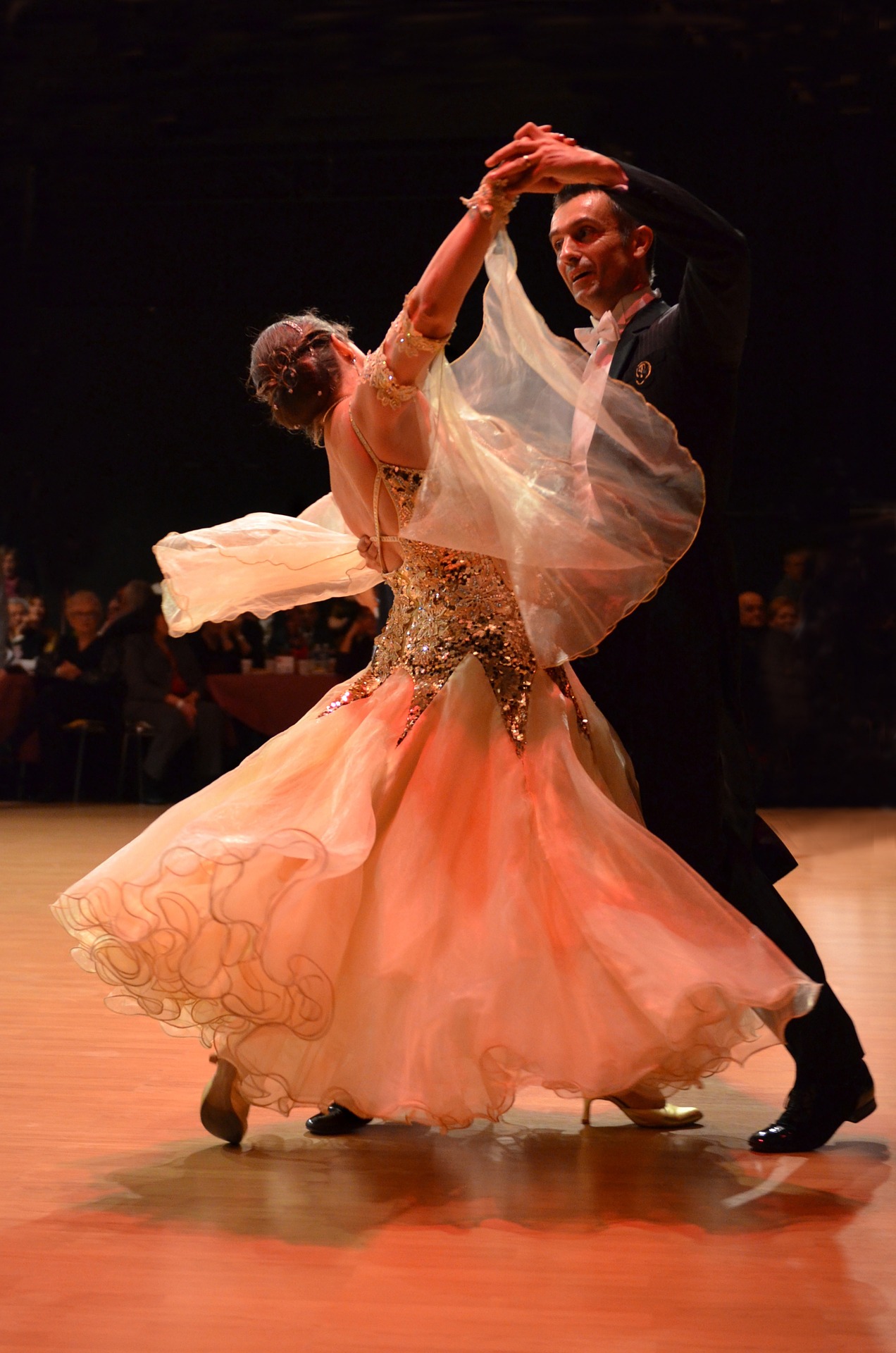
From its humble beginnings as an Austrian peasant dance in the Middle Ages, the beauty and grace of the waltz has stayed relevant, evolving as music and social norms change over time.
The end of World War I ushered in the 1920s, and a unique time of prosperity in the United States, fostering a period of consumerism and daring that led women to sport short haircuts and higher hemlines. The Harlem Renaissance fueled the popularity of jazz music throughout the country and helped shake up the dance floor. At clubs, couples experimented with new dances like the Charleston and the Lindy Hop. They also took advantage of new music trends to make changes to traditional dances like the waltz.
The waltz gets its moniker from the German word “walzen,” which means, “to revolve,” according to Encyclopedia Britannica. The romantic partner dance features a step, slide, and step in three-quarter time. The dance gained popularity in European ballrooms during the 19th century. During the Roaring 20s, waltzers started keeping their steps small to allow them to embrace throughout the dance. The new waltz kept the same step and slide pattern, but partners tended to sway back and forth or move in a line rather than a circle.
To get a close up look at how the waltz has evolved, here are some clips of dancers performing a variety of different waltzes.
A young couple from southern Oregon performs a traditional Viennese waltz to “Tightrope,” sung by Michelle Williams in the movie “The Greatest Showman.”
Here’s a sample of the type of waltz popularized during the Roaring 20s. The clip showcases a dance scene from the film, “Dance Hall,” a movie from 1950, featuring couples who fall in love on the dance floor.
The International Standard Waltz combines elements of the waltz from a variety of countries. Dancers perform for judges to “In Moonlight Blue,” by Eric Tingstad.
This clip contains a uniquely American style of waltzing called the Cajun Waltz. The Cajun Waltz hails from the southern state of Louisiana and combines the area’s French heritage with fiddle music.
As traditional dances continue to change, Fred Astaire Dance Studios is also evolving its offerings during this unprecedented time. Fred Astaire Dance Studios is offering students a chance to get a head start on learning some new skills as we adjust to the new normal with its online lesson platform. The Fred Astaire Dance Studios® Online Lessons platform allows people to stay active and experience the joy of dance from home. Students can perfect their waltz for competition, or simply learn some steps to impress guests at the next wedding they need to attend. The online lesson platform offers hundreds of top-notch dance lessons from certified Fred Astaire Dance Studios instructors and Dance Council members, as well as private, streaming lessons.
To learn more about Fred Astaire Dance Studios, contact your local studio, or visit www.fredastaire.com.

